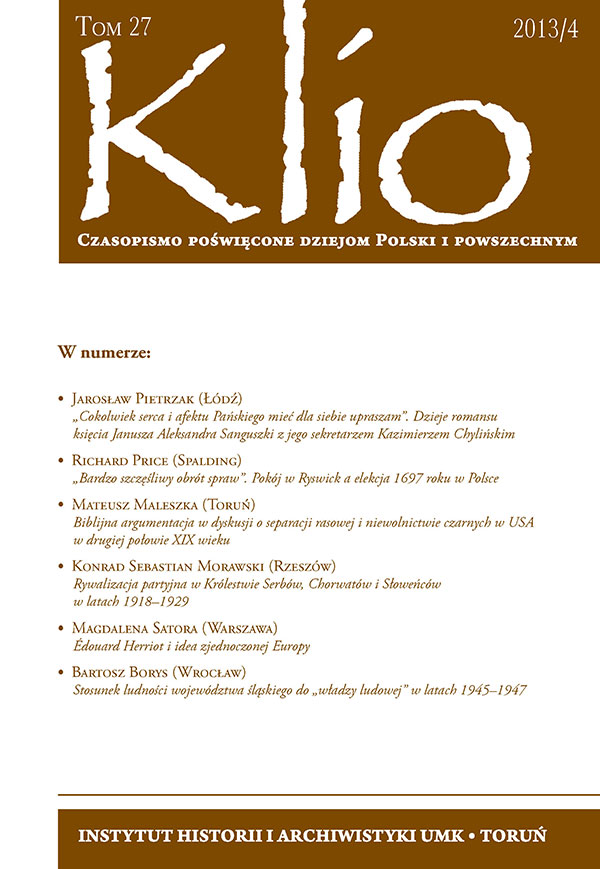Stosunek ludności województwa śląskiego do „władzy ludowej” w latach 1945–1947
Relations between Inhabitants of Silesian Voivodeship and Polish Communists in 1945–1947
Author(s): Bartosz BorysSubject(s): Social history, WW II and following years (1940 - 1949), History of Communism, Migration Studies
Published by: Wydawnictwo Naukowe Uniwersytetu Mikołaja Kopernika
Keywords: Silesian Voivodeship; Polish Communists; 1945–1947;
Summary/Abstract: In the years 1945–1947 Silesian Voivodeship was inhabited by the indigenous people, immigrants (displaced from Eastern Borderlands due to the territorial changes of Poland after World War II), internal migrants and re-emigrants (mostly miners from Belgium and France). In vast majority of cases the inhabitants’ attitudes towards the communist regime depended on their former territorial provenance. Immigrants and indigenous people harshly criticized communists from Polish Worker’s Party. The first group has been living under the communist regime when Eastern Borderlands were occupied by the Soviet Union. Those people have seen life full of national and class violence done by Red Army and NKVD. They were disappointed because of their homeland lost, state dependency on the USRR and legal disputes with the other groups of people. Meanwhile they were accusing the second group of supporting German politics during the World War II. Called “Germans”, indigenous people were objects of prejudices. Immigrants and polish authorities were hostile towards them therefore their attitude towards new polish regime couldn’t be positive. Both of that groups, as a supporters and active members of Polish People’s Party, which was the only one legal alternative to the Polish communists, were exposed to repressions.
Journal: Klio. Czasopismo poświęcone dziejom Polski i powszechnym
- Issue Year: 27/2013
- Issue No: 4
- Page Range: 139-160
- Page Count: 22
- Language: Polish

